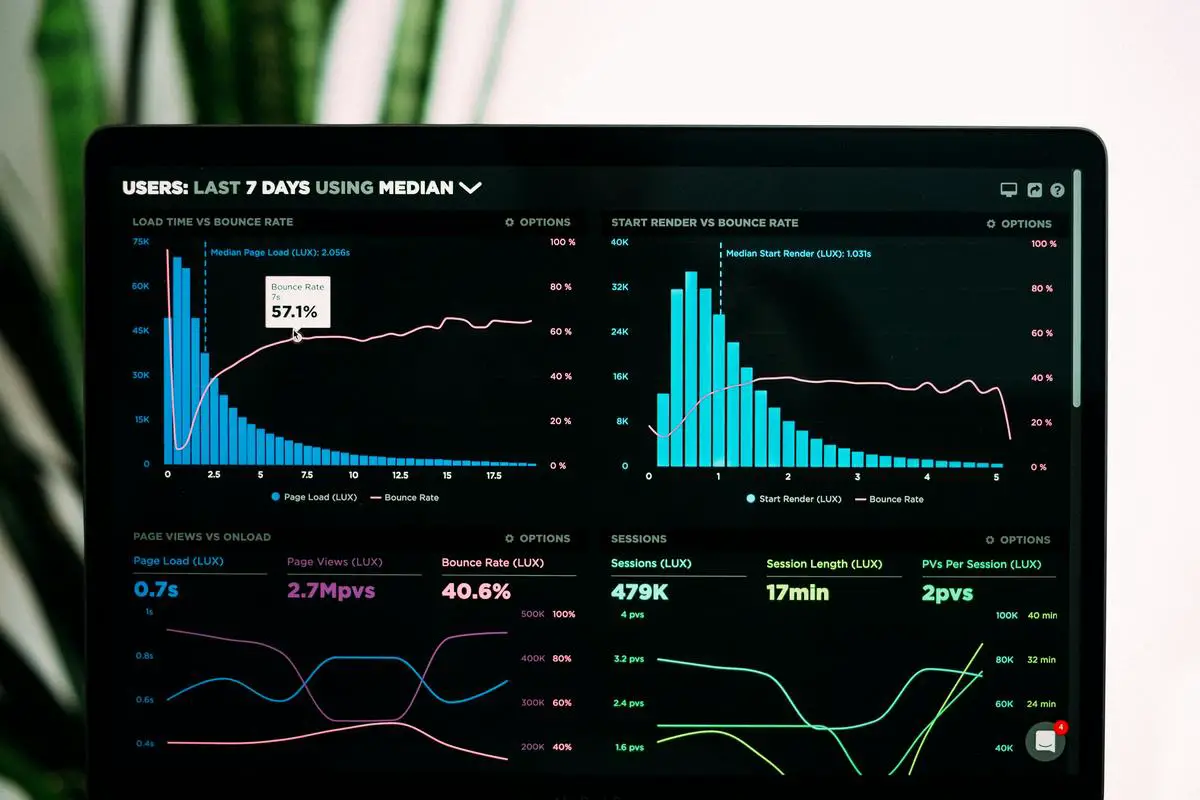Understanding Website Selling
Selling a website isn't just about offloading a digital asset—it's about showcasing a functioning online business. Revenue is the key factor. The more cash flow your website generates, the more it's worth to buyers. Traffic is also important, as it signals greater potential for profit.
Content quality adds value. Buyers look for engaging, relevant material that keeps visitors returning. A loyal and engaged user base is attractive, signaling repeat business. Even email subscribers or social media followers can boost appeal, providing ready-made audiences for new owners.
Selling just a domain is different. Domain names are about potential. The catchier or more keyword-rich the domain, the higher its value. The extension (like .com or .net) also impacts its appeal, with .com domains often fetching higher prices due to their global recognition.
Both website and domain sales can be viable depending on your goals, whether it's immediate returns or long-term investment potential.

Photo by lukechesser on Unsplash
Evaluating Domain Name Value
Evaluating domain name value involves considering several factors:
- Keywords: A domain rich with relevant, high-demand keywords attracts attention and potential traffic.
- Length: Short, snappy names are easier to remember and type.
- Top-level domain (TLD): The .com extension is still considered the most valuable, followed by others like .net or .org.
- Traffic: Domains that already receive visitors are more attractive to investors.
When selling, highlight the domain's potential. Craft enticing descriptions, back claims with relevant data, and consider psychological pricing strategies to make offers more appealing to buyers.
Comparing Financial Outcomes
Selling a website generally promises more immediate returns due to established revenue streams and customer engagement. It's like selling a functioning business with ongoing profits and customer loyalty.
Domain names, however, are more speculative. Their value lies in potential future development. While initial costs are typically lower, the payoff often requires waiting for the right buyer who sees its opportunities.
| Websites | Domains |
|---|---|
| Operational risks and market fluctuations | Uncertainty due to speculative nature |
| Require ongoing maintenance | Value changes based on digital trends |
| Affected by changes in trends or traffic | Impacted by introduction of new TLDs |
The choice between selling a website or domain depends on risk tolerance, patience, and preference for immediate versus potential future returns.
Choosing the Right Sales Strategy
Different sales strategies suit different types of digital assets:
- Direct sales: Suited for websites with established brands and solid revenue streams. Allows for personalized deals reflecting the site's true value.
- Auctions: Ideal for websites and domains with broad appeal or competitive edge. Can lead to higher prices through bidding wars.
- Domain brokers: Useful for high-value domains or those requiring sophisticated handling. Brokers can tap into specific networks to maximize selling price.
The best strategy depends on your asset's characteristics. Websites with established user bases might benefit from direct sales, while domains with broader potential could thrive in auctions.
Consider hybrid strategies that combine elements from various methods to match your asset's unique features. The key is aligning the sales approach with your asset's potential and buyer expectations.
In the digital marketplace, selling a website or domain is about understanding its potential and aligning it with your goals. Whether you aim for immediate returns or long-term investment, recognizing the value in these assets can lead to rewarding outcomes.
- Mueller J. Google Webmaster Trends Analyst. Google Search Central. 2020.
- Domain Name Industry Brief. Verisign. 2021.
- Domain Name Aftermarket: An Analysis. Sedo. 2022.
